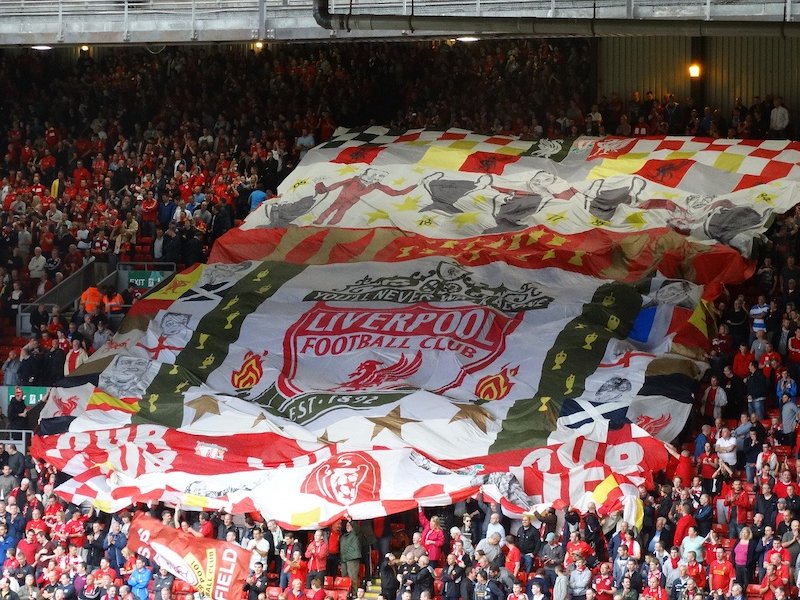By Renata Leite, FootballPredictions.NET, 12:34 17/08/2020
Updated at: 12:34 17/08/2020

Mascots are increasingly an important part of the matchday experience. Adding colour, cheer, laughter and atmosphere, they can win a crowd over and whip up support.
For a long time, Liverpool FC was one of the few clubs in English football that did not have a mascot. That all changed in 2012 however, with the introduction of Mighty Red, the lovable Liver Bird.
Mascots may not be everyone’s cup of tea, but there is no doubting their importance in adding appeal to the game for younger (and older) audiences.
A Game for All
As popular as football is around the world, there are some games any fan would admit to struggling to watch. Some games, for any number of reasons, can just be lacking that spark of excitement or moment of inspiration to get fans out of their seats and cheering.
These bore draws and snore-fests are not exactly the most riveting spectacles, and nor are they great adverts for the game; they are not likely to get people interested in the sport or invested in the team.
Mascots, recognisable and endearing characters based on the team they represent, are the go-to method for trying to generate added excitement and atmosphere at football stadiums across the world.
A Liver Bird Loved By All?
However, they have not always been popular, and some teams have been late to make use of them. One of the latest was actually Liverpool FC. It was not until 2012, following the club’s sale to the Fenway Sports Group, that a mascot was introduced.
Mighty Red, Liverpool FC’s mascot, is based on the Liver bird – the iconic bird from the club’s mascot and centuries-old symbol of the city – and was launched to coincide with the clubs renewed commitment to working with children and the community around the club.
Mighty Red was not originally planned as a pitch side mascot, and opinion amongst supporters was divided. A number of local debates opened up and a consensus was seemingly impossible; although some argued for its positive influence on young support, other more cynical fans questioned whether children were interested at all!
Nevertheless, although not originally imagined as a pitch-side mascot on match days, such has been Mighty’s popularity that the ever-smiling bird is now seen whipping up support for the Reds on match days.
Mascots, Marketing and Merchandising
Of course, there is more to these colourful characters than simple support and encouragement. In an era in which social media is king, the role of the mascot has taken on additional importance.
Across the various platforms that clubs use to keep fans updated with the daily happenings at their clubs, the mascots provide ready mediums for producing fun content for easy engagement. Liverpool FC is no different, with Mighty Red having their own dedicated Twitter handle and Facebook Page to make sure fans can follow the character.
Virtual high fives to our Champions 🏆 #LFC #MightyRedLFC pic.twitter.com/HLgGhoyCyJ
This recognisability, as well as being crucial for building brand awareness, also reaches into the heart of modern football. The modern game is fuelled by money, and mascots play an important financial role for clubs across the world.
Investing time and effort into creating a recognisable character who can be readily marketed helps encourage interaction with the football club as a sports brand. Whilst increased youth engagement with the sport may be a positive effect of this, there is also the less-altruistic motive of profit at stake.
Mascots provide excellent merchandising opportunities for the game’s biggest clubs in particular. Most, including Liverpool FC, have product lines aimed at their youngest supporters which rely on the recognisability of the affable, cuddly figure who dances and entertains pitch-side on match days.